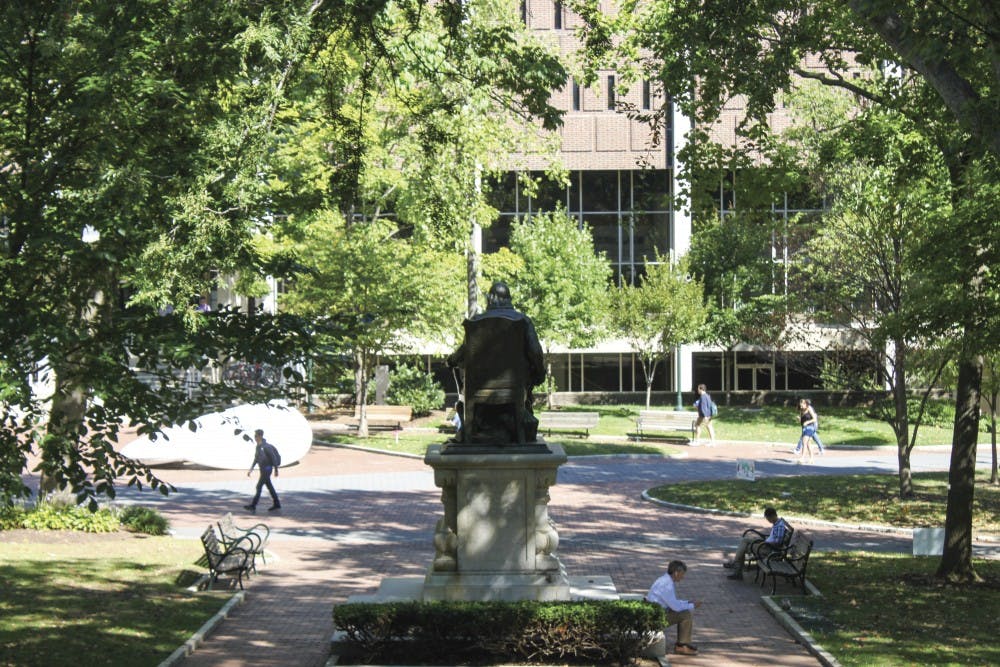Penn will establish the Center for Sustainable Separations of Metals after winning a $1.8 million grant from the National Science Foundation to focus on recovering and separating metals for environmental and economic sustainability, the Almanac reported.
The Center's goal will be to act as a space for collaborative research in developing chemical methods to recycle metals after use, which will both improve energy practices and address metals supply chain management, Penn Today reported. The Center will also engage the scientific community by providing outreach and educational programming for students, researchers, and faculty.
Penn chemistry professor Eric Schelter will lead CSSM along with the Penn chemistry department and collaborators at Purdue University, Northwestern University, the University of Texas at Austin, and the Colorado School of Mines, the Almanac reported. Additional Penn faculty involved in the Center will include chemistry professors Jessica Anna and Joseph Subotnik.
“It’s really exciting to see people from different backgrounds and career stages across the Center coming together and working on this problem that will have significant impact. That’s really the goal: thinking together and working together to address challenging and emerging problems," Schelter told the Almanac.
Penn’s other research institutions in energy consumption and sustainability, such as the Kleinman Center for Energy Policy and the Science History Institute, will also be involved in CSSM through the center’s outreach in the scientific community, Penn Today reported.
In April 2019, the Kleinman Center received an anonymous donation of $30 million to expand its research and programs in energy policy. The Roy and Diana Vagelos Laboratories also received $50 million from its founders to build an energy research building, which became the largest donation made to a research institution in the history of the School of Arts and Sciences.
RELATED:
Penn professor's research finds ways to make fuel cell energy storage more effective
Penn researchers find that stem cells release proteins to control their own development









